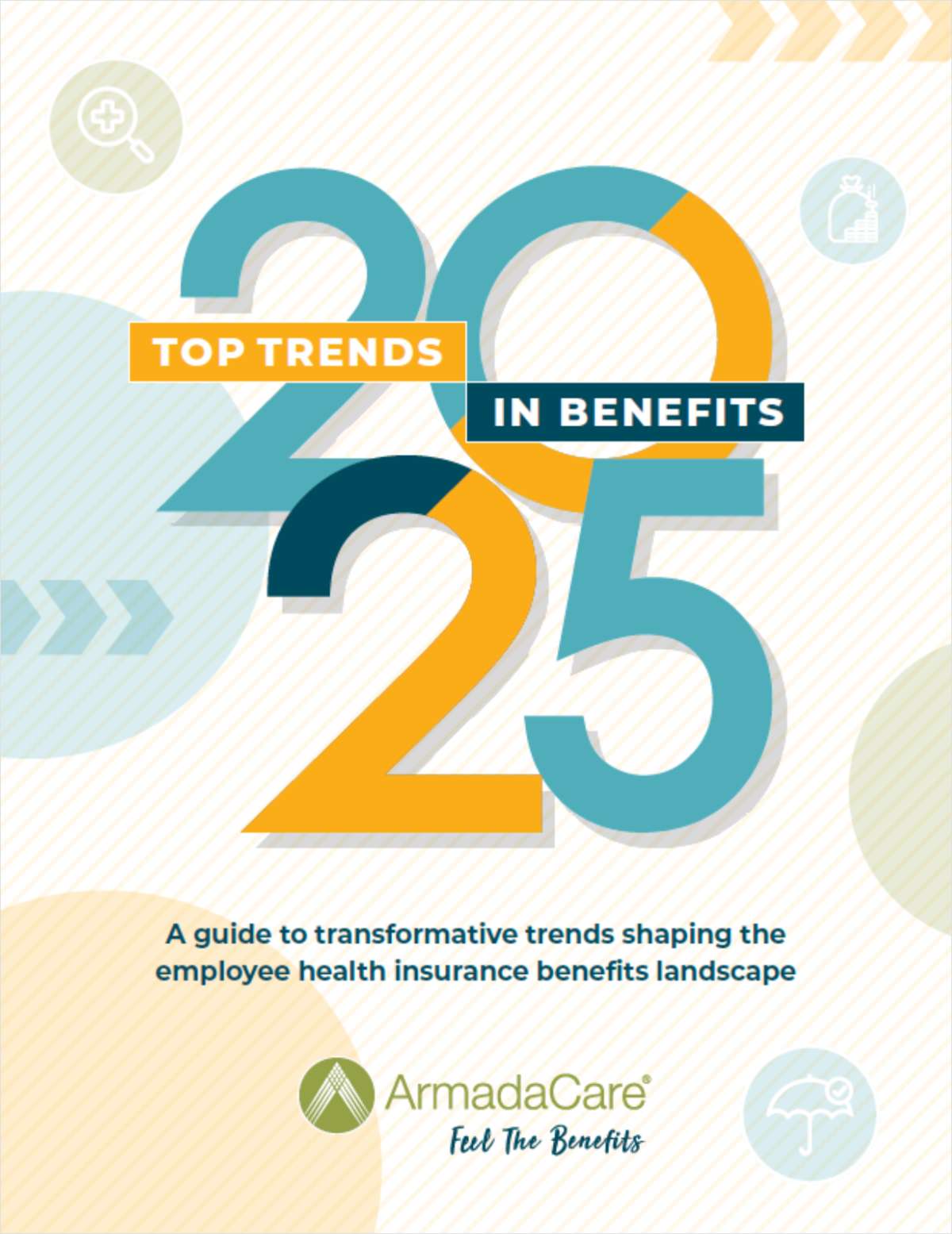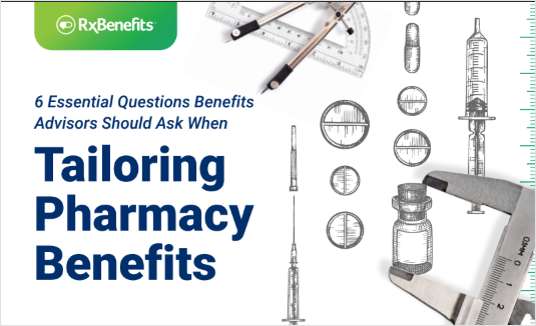Ah, lifespans. They ain’t what they used to be.
Two disturbing studies have shown that life expectancy in the U.S. is on the wane, as more people die from illnesses, and that wealthy Americans have a substantially longer lifespan than poor Americans.
The National Center for Health Statistics, reported the Huffington Post, released a study showing that in 2015, Americans’ mortality rate from a variety of illnesses rose sufficiently to drive down life expectancy for the first time in more than 20 years. While the drop wasn’t large, at 0.1 percent, it marks a move in the wrong direction. In 2014, life expectancy was 78.9 years at birth, but in 2015, that slid to 78.8 years.
And that’s not a direction in which most people want to be going.
Related: IRS issues new static mortality tables for 2017
The report said that diseases claimed more lives in 2015 than in the year before, with age-adjusted death rates increasing overall by 1.2 percent.
They rose from 724.6 deaths per 100,000 standard population in 2014 to 733.1 in 2015. In addition, death rates for eight of the 10 leading causes of death, including heart disease, chronic lower respiratory diseases, unintentional injuries, stroke, Alzheimer’s disease, diabetes, kidney disease and suicide, rose.
Cancer on the other hand, saw its death rate fall.
And where was the death rate most increased? Among the poor, non-Hispanic white males, non-Hispanic white females, and non-Hispanic black males.
Higher death rates in poorer communities “[have] to do with smoking, obesity, lack of quality diets and exercise, which are really responses to poverty,” Jarron Saint Onge, assistant professor at Kansas University’s Department of Sociology and Health Policy and Management, said in the report.
Bearing out the relationship between poverty and earlier death, Reuters reported that a study published in the American Journal of Public Health found that poverty cuts an average of nearly 10 years off American men’s lives and seven off women’s.
Exploring how significant statistics might be missed because of how the data are classified, the study reclassified all U.S. counties into 50 new “states,” with classification based on household income instead of location. Then they reviewed longevity, smoking, obesity, childhood poverty and other health information from the richest and poorest places, and their findings were significant.
Not only did men in the poorest locations die on average almost 10 years earlier, at 69, than in the richest places, women died on average at 76 years old—an average of 7 years sooner—in poor locations than in rich ones.
The study authors wrote, “The results should be deeply disturbing to all persons in the country,” adding, “Life expectancy in the poorest ‘state’ falls below that of more than half the countries in the world, meaning that, in essence, there are several developing countries hidden within the borders of the United States.”
In addition, the study found that five states—Georgia, Illinois, Kentucky, Tennessee and Texas—were home to both the richest and the poorest people in the nation; that suggested that poverty stems not only from a lack of resources but from their unequal distribution.
Related: 10 worst states to move to when you retire
Oh, and if you’re thinking that the death rate must be up as part of a global trend, think again.
The report cited World Health Organization statistics that globally, life expectancy is 71.4, which is an increase of five years since 2000. While it did drop in the 1990s because of AIDS in parts of Africa, that trend appears to be reversing.
Complete your profile to continue reading and get FREE access to BenefitsPRO, part of your ALM digital membership.
Your access to unlimited BenefitsPRO content isn’t changing.
Once you are an ALM digital member, you’ll receive:
- Breaking benefits news and analysis, on-site and via our newsletters and custom alerts
- Educational webcasts, white papers, and ebooks from industry thought leaders
- Critical converage of the property casualty insurance and financial advisory markets on our other ALM sites, PropertyCasualty360 and ThinkAdvisor
Already have an account? Sign In Now
© 2025 ALM Global, LLC, All Rights Reserved. Request academic re-use from www.copyright.com. All other uses, submit a request to [email protected]. For more information visit Asset & Logo Licensing.








